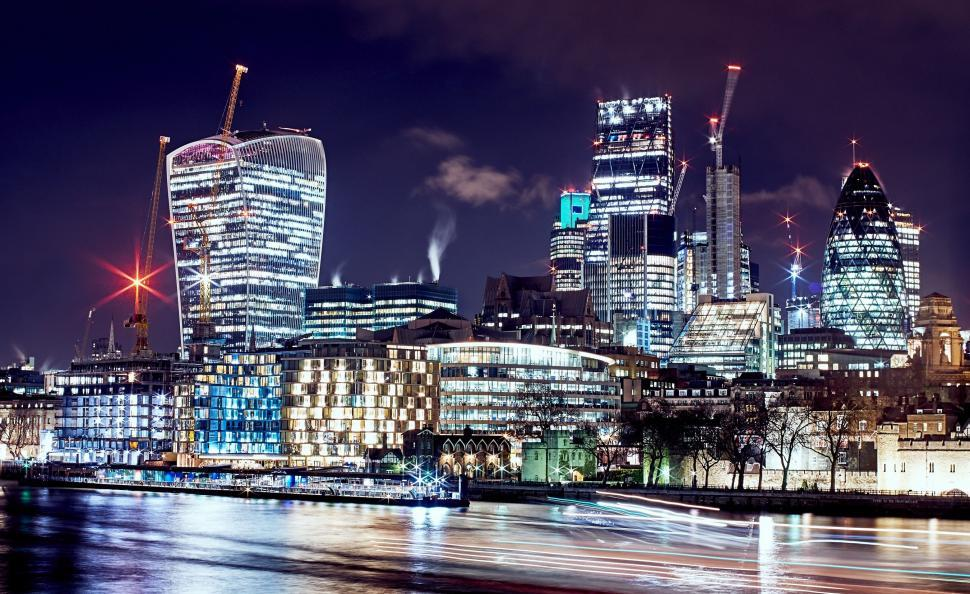Stansted airport to create 5,100 jobs with £1.1bn expansion plan
- Sophie Brown

- Oct 14, 2024
- 2 min read
Stansted Airport, a part of Manchester Airports Group (MAG), is set to undergo a significant £1.1bn expansion that will generate over 5,000 new jobs.

The plan was announced at the International Investment Summit in London, where Prime Minister Keir Starmer expressed support for extending Stansted’s terminal building by one-third. This expansion will enable the airport, located in northeast London, to handle approximately 43 million passengers annually, effectively doubling its contribution to the UK economy to £2bn each year.
Having secured planning permission in October 2023, construction is scheduled to commence in 2025, with completion expected within two to three years. Transport Secretary Louise Haigh emphasized the importance of this investment, stating, “We are fully committed to supporting the growth of British businesses, which in turn strengthens the UK economy. This announcement signals that Britain is very much open for business.” The £1.1bn investment includes £600m for the terminal expansion and an additional £500m for upgrading the existing terminal and overall airport infrastructure. This also involves the development of a 14.3MW solar farm on the airport’s property, contributing to Stansted’s efforts to decarbonize its operations.
This expansion follows a record year for Stansted, with a surge in flights during 2024 due to the rebound in travel demand. The airport had its busiest summer ever, with 8.8 million passengers passing through between June and August. Ken O’Toole, CEO of MAG, highlighted the broader impact of the investment: “By investing over £1bn in Stansted over the next five years, we will enhance connections between London and the east of England with global destinations, while attracting millions of additional visitors to the UK. Aviation is crucial for the success of key industries, and we are committed to supporting the government’s goal of achieving the highest growth in the G7 through the sustainable development of our airports.”
Other airports across the UK are also exploring expansion plans. Heathrow is considering moving forward with its long-postponed third runway, and Gatwick has applied to bring its second runway into regular use, with a projected cost of £2.2bn. Stansted is particularly important to the UK’s tech sector, being located in the “Golden Triangle” north of London, which includes major companies like Google, GSK, and Microsoft, as well as Oxford and Cambridge Universities.
Transport Secretary Haigh added, “Transport is central to the government’s mission of economic growth. This investment gives companies like Manchester Airports Group the confidence to expand, driving both regional and national growth, supporting the aviation sector, and aligning with our environmental commitments.”




